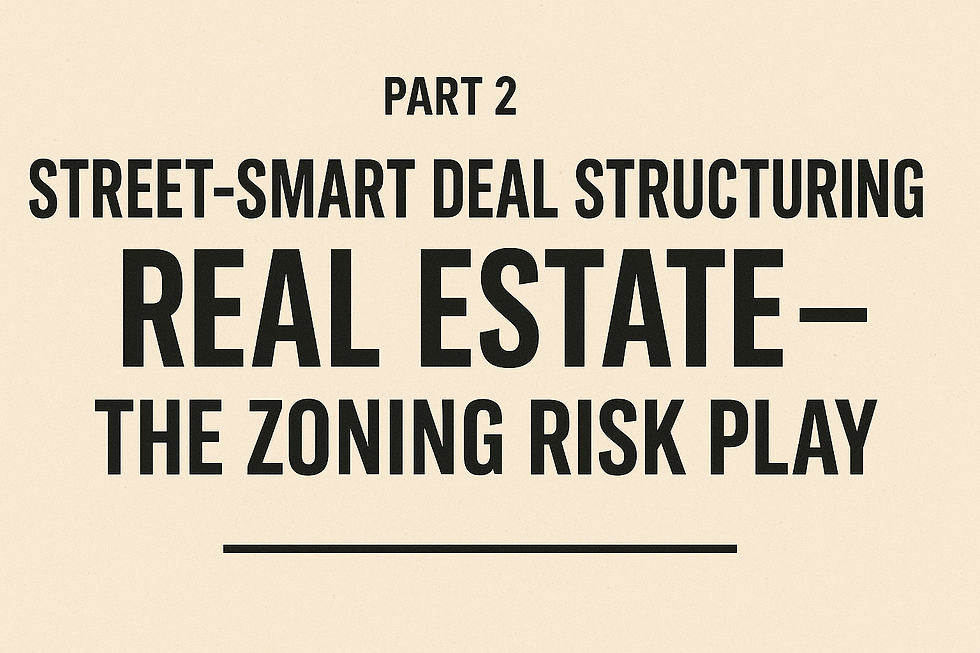Marketing in the Moment: Why Agility Beats Early Planning
- Wissam Elgamal
- Mar 25
- 3 min read
Marketing moves fast, but if you’ve ever had to create Christmas content in August, you know the struggle. You sit down, sweat dripping in the Northeast heat, trying to channel holiday cheer—and it just doesn’t hit. Worse, by the time December rolls around, the world may look completely different, and your pre-planned content feels out of touch.
The Problem with Creating Too Early
Many companies batch their marketing content months in advance. It’s efficient, sure—but is it effective? The reality is that life doesn’t follow a script. A campaign planned in August might feel irrelevant in December due to external factors like economic downturns, cultural shifts, or even just a change in public sentiment.
Take a real example: A few years ago, a sudden spike in gas prices right before the holiday season forced many brands to adjust their messaging. Content that had been scheduled months earlier—promoting travel-heavy holiday plans—suddenly seemed tone-deaf. Brands that were agile and able to pivot quickly resonated better with consumers.

Why Startups Should Embrace Agility
If you’re running a lean, fast-moving startup, you have an advantage—don’t squander it. Large corporations need to plan months ahead because they’re slow-moving giants with layers of approvals. But if you’re in a startup, you don’t have a board demanding quarterly reports on pre-planned content. You have no excuse. Be agile.
Instead of locking in your messaging months in advance, wait as long as you can. The energy of the last-minute push often results in better creative work. That pressure—stressful as it may be—forces you to be hyper-focused, relevant, and in the moment.
How to Manage Expectations with Leadership
If you're an in-house marketer, your management team might push for early content creation. Here’s how to handle it:
Create a Base Layer – Develop general content that can be adjusted later rather than finalized messaging.
Frame It as Risk Management – Position agility as a way to mitigate messaging risks tied to unforeseen events.
Show the Data – Use past examples where agility led to better engagement and conversions.
How to Handle Clients as an Agency
If you’re working with a client’s management team, they might want everything scheduled in advance. Here’s how to guide them towards an agile approach:
Educate Early – From the start, explain the risks of over-scheduling content.
Build Flexibility Into Contracts – Offer a framework where final messaging can be adjusted closer to launch.
Set Checkpoints – Schedule periodic reviews to update content as needed.
Showcase Success Stories – Demonstrate how last-minute adjustments have led to better outcomes.
The Power of Staying Agile: A COVID-19 Example
At my last business, we were able to capitalize on our agility during the early days of COVID-19. While big brands hesitated, we launched the ‘We Still’ campaign immediately. Messaging like “We still celebrate birthdays” and “A kid will still get an A” resonated deeply with customers. Instead of selling generic gift products, we repositioned them to fit the moment—and sales exploded.
Because we were always looking at what was happening now, we were able to be the first to market with relevant messaging. That’s the power of agile marketing.
The Takeaway
If you’re a startup, you don’t need to play by corporate rules. Agile content creation allows you to be hyper-relevant, resonate more deeply with your audience, and, ultimately, drive better results. So, stay flexible, embrace the adrenaline of last-minute creativity, and remember: the best marketing happens in the moment.









Comments